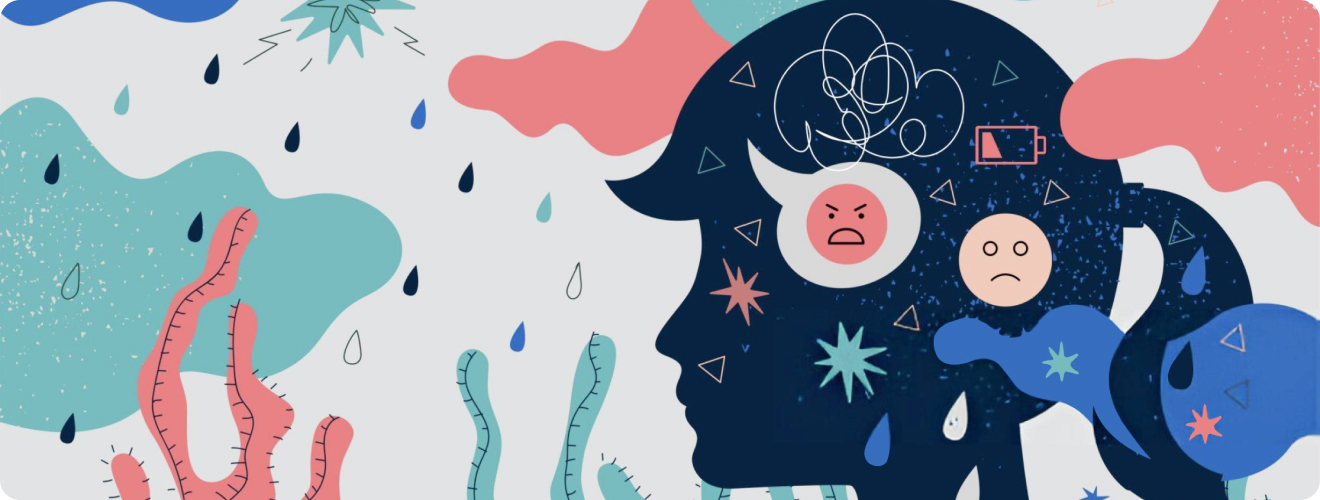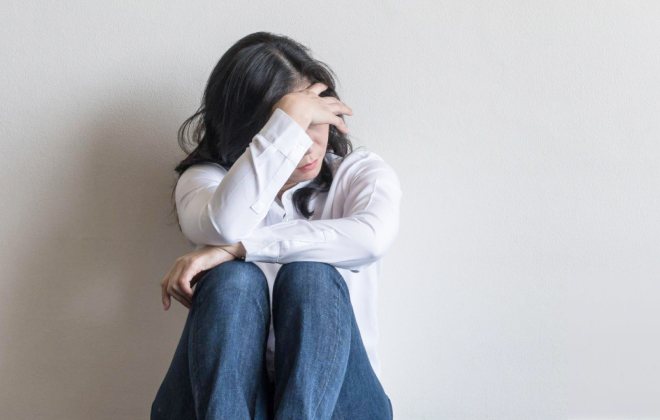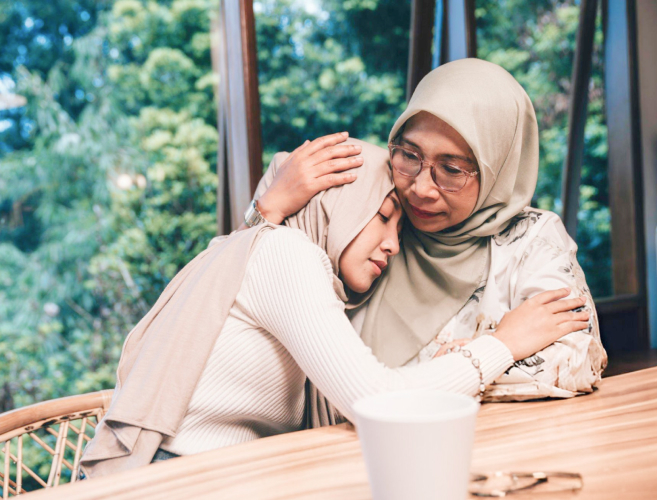


Anxiety and depression in women are more than just occasional sadness or nervousness, they are complex mental health conditions that affect millions worldwide. Women, in particular, experience these conditions at higher rates than men due to a combination of biological, hormonal, and social factors. Despite their prevalence, anxiety and depression in women often go undiagnosed or untreated, leaving many to suffer in silence.
Let’s understand more in this article.
Anxiety is a natural response to stress or danger. It is the body’s way of preparing for a challenging situation. However, when anxiety becomes persistent and overwhelming, it can interfere with daily life. Generalised anxiety disorder in women is one of the most common types of anxiety disorders, characterised by excessive worry about various aspects of life.
Women are twice as likely as men to develop anxiety disorders. Several factors contribute to this increased vulnerability:
While anxiety manifests differently in individuals, common anxiety in women symptoms include:
Anxiety disorders are prevalent in women due to hormonal changes, life experiences, and societal pressures. Some common anxiety disorders in women include generalised anxiety disorder, panic disorder, and social anxiety disorder.
Anxiety is characterised by worrying too much, feeling restless, tired, and tense. It can affect daily life and well-being. If you have these symptoms, seek help from a mental health professional for treatment and support.
Recurrent panic attacks are sudden episodes of intense fear that can be debilitating. Physical symptoms may include a rapid heartbeat, sweating, trembling, shortness of breath, and dizziness. These symptoms often lead to a fear of future attacks, which can result in avoidance behaviours.
Social anxiety is characterised by an overwhelming fear of social situations, leading individuals to avoid interactions out of fear of embarrassment or judgement. This anxiety can manifest in physical symptoms such as blushing, sweating, or nausea when faced with social settings.
Anxiety can lead to intrusive thoughts called obsessions, which cause distress. People may perform rituals or behaviours known as compulsions to ease anxiety. It’s important to seek help from professionals to manage and overcome these symptoms.
Because of previous traumatic experiences, such as abuse, violence, or accidents, individuals may suffer from a range of symptoms. These can include flashbacks, nightmares, and severe anxiety directly linked to the traumatic event.
An anxiety attack (or panic attack) is an intense episode of fear that appears suddenly. Common anxiety attack symptoms in women include:
Panic attacks can be terrifying but are manageable with proper treatment and coping techniques.

Depression is a mental health disorder that affects mood, thoughts, and overall well-being. Unlike temporary sadness, depression symptoms in women can persist for weeks, months, or even years, making it difficult to function normally.
Anxiety and depression often coexist, with many women experiencing both conditions simultaneously.
Depression in women presents in various ways, including:
Depression in women can be caused by a mix of biology, psychology, and society. Women are more prone to depression than men due to differences in hormones, stress, and societal expectations.
Depression can manifest in different forms in women, influenced by hormonal changes, life stages, and psychological factors. Here are the most common types of depression diagnosed in women:
While both men and women experience anxiety and depression, their symptoms and coping mechanisms differ:
| Aspect | Women | Men |
|---|---|---|
| Prevalence | Higher due to hormonal and social factors | Lower but still significant |
| Symptoms | Internalised (excessive worry, guilt, sadness) | Externalised (anger, irritability, reckless behaviour) |
| Coping Mechanisms | Seeking social support, crying, therapy | Suppressing emotions, substance use, isolation |
| Help-Seeking Behaviour | More likely to seek professional help | Less likely due to the stigma |
Supporting a woman with anxiety and depression requires patience, understanding, and encouragement. Here are some effective ways to help:
Depression in women can be effectively treated with a combination of therapy, medication, lifestyle changes, and social support. The right approach depends on the severity of symptoms and underlying causes.
Cognitive Behavioural Therapy (CBT) is a therapeutic approach that aims to transform negative thought patterns and cultivate effective coping strategies. Interpersonal Therapy (IPT) is centred around enhancing relationships and resolving interpersonal conflicts. Psychodynamic Therapy delves into deep-seated emotional issues and past traumas.
If depression lasts more than two weeks and interferes with daily life, professional help is essential. Immediate intervention is needed if there are thoughts of self-harm or suicide. Depression is treatable, and with the right approach, women can regain control of their emotional well-being.

The “silent struggle” of anxiety and depression in women is a complex and multifaceted issue demanding greater awareness and compassionate action. These conditions, often masked by societal expectations and internalised pressures, significantly impact women’s well-being across all stages of life.
Recognising the symptoms of anxiety in women, understanding the causes, and knowing how to help can make a significant difference in someone’s life. If you or someone you know is struggling, do not hesitate to seek professional help. Mental health is important, and every woman deserves the support and care needed to thrive.
Signs of anxiety in a woman include excessive worry, restlessness, irritability, rapid heartbeat, difficulty concentrating, sleep disturbances, and physical symptoms like nausea or muscle tension.
Common symptoms of depression in women include persistent sadness, loss of interest in activities, feelings of worthlessness, mood swings, fatigue, sleep disturbances, changes in appetite, and thoughts of self-harm or suicide.
Professional help should be sought if depression lasts more than two weeks and interferes with daily life. Immediate intervention is needed if there are thoughts of self-harm or suicide.
Sources:
Spread the love, follow us on our social media channels